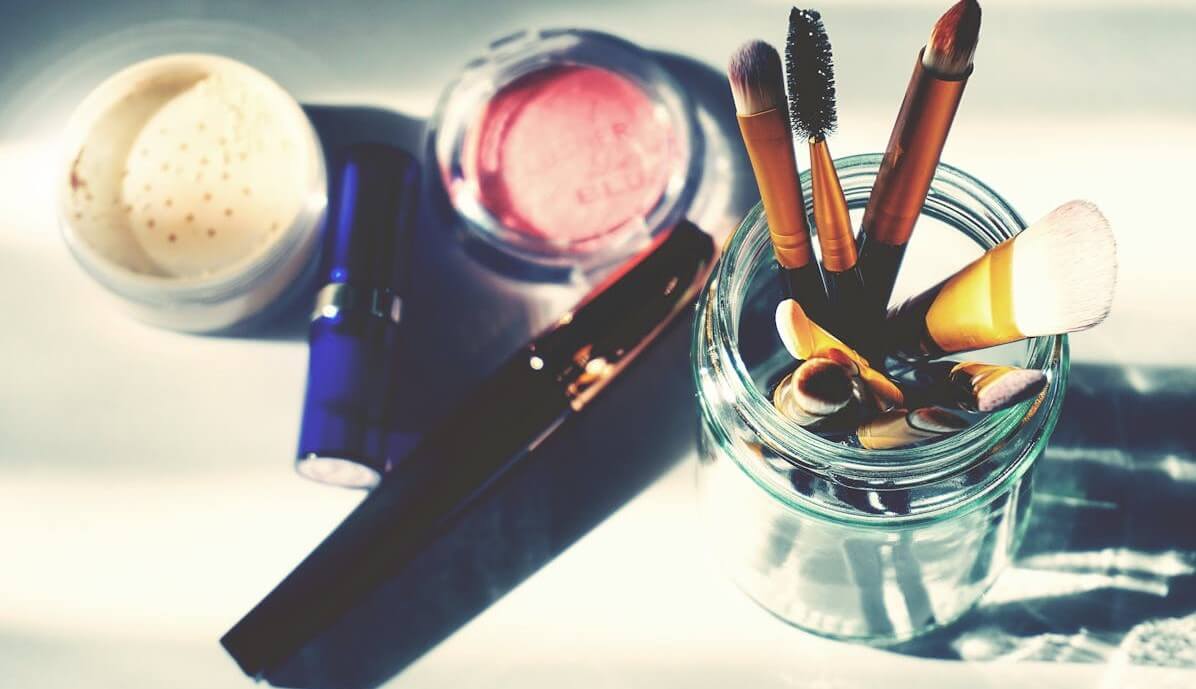The concept of beauty is deeply ingrained in human culture, yet its definition remains subjective. While some perceive beauty as “skin deep,” others associate it with cosmetics and makeup. The history of cosmetics dates back thousands of years to ancient Egypt, where the first known cosmetic products were used.
In this post, we delve into the public interest surrounding beauty, cosmetics, and makeup using Google Trends data. Analyzing trends since 2004 provides insights into shifting interests and behaviors over time.
Exploring Google Trends
This visual shows the google trends data on search interests for terms such as beauty,’ ‘cosmetics,’ and ‘makeup’.
The chart reveals intriguing patterns. While ‘beauty’ emerges as the most widely searched term, with a slight upward trend, search volume in ‘cosmetics’ remains relatively stable. However, ‘makeup’ displays a recurring spike in searches every October, possibly linked to Halloween festivities.
There is a sudden spike in the search term ‘beauty’ during Mar-2017 which correlates with the release of the movie ‘Beauty and the Beast’.
Evolution of the Beauty Industry
The beauty industry has burgeoned into a $528 billion global market, encompassing skincare, haircare, cosmetics, and fragrance segments. Focusing on cosmetics, we observe its segmentation into lip, eye, and face makeup categories.
The graphic below shows the leading products for each category within cosmetic segment. The sparklines against each product shows the variation of search interest since 2004 till date.

Google trends data on popular search interest of face, eye and lip make up, shows an interesting pattern.
Historically, eye makeup has enjoyed popularity, but a notable shift occured post-2021, with surge in interest in lip makeup, surpassing the Eye makeup search volumes before returning to its normal levels, post Oct 2023.
Easing restrictions on face mask mandates likely influenced this trend, as lips became a focal point of search interest.
Leading Players and Market Dynamics
A few multinational corporations, including L’Oréal Paris, Unilever, Procter & Gamble, and Estée Lauder, dominate the cosmetics market. However, the industry landscape is evolving, with niche brands like Glossier and Fenty Beauty gaining prominence. Clean and sustainable products are increasingly sought after, challenging traditional market leaders.
We examined the correlation between search interest and revenue for top cosmetic companies. While search trends provide insights into consumer behavior, revenue data reflects market performance. Understanding this correlation sheds light on consumer preferences and industry dynamics.
Correlation analysis between search interest and Revenue for top three cosmetic companies is shown below.
Conclusion: The Future of Beauty
The beauty market is evolving rapidly, driven by factors such as social media influence, digitization, e-commerce and influencer marketing. Independent brands are disrupting the dominance of big players, emphasizing clean, sustainable products. Despite shifts in consumer behavior and market dynamics, interest in cosmetics and makeup remains steadfast.
In a world where beauty standards evolve and trends fluctuate, one thing remains constant: the enduring allure of cosmetics and makeup. Whether consumers turn to Google search or social media for beauty insights, the fascination with enhancing one’s appearance continues unabated. As the industry continues to evolve, adaptability and innovation will be key to staying ahead in this dynamic landscape.

